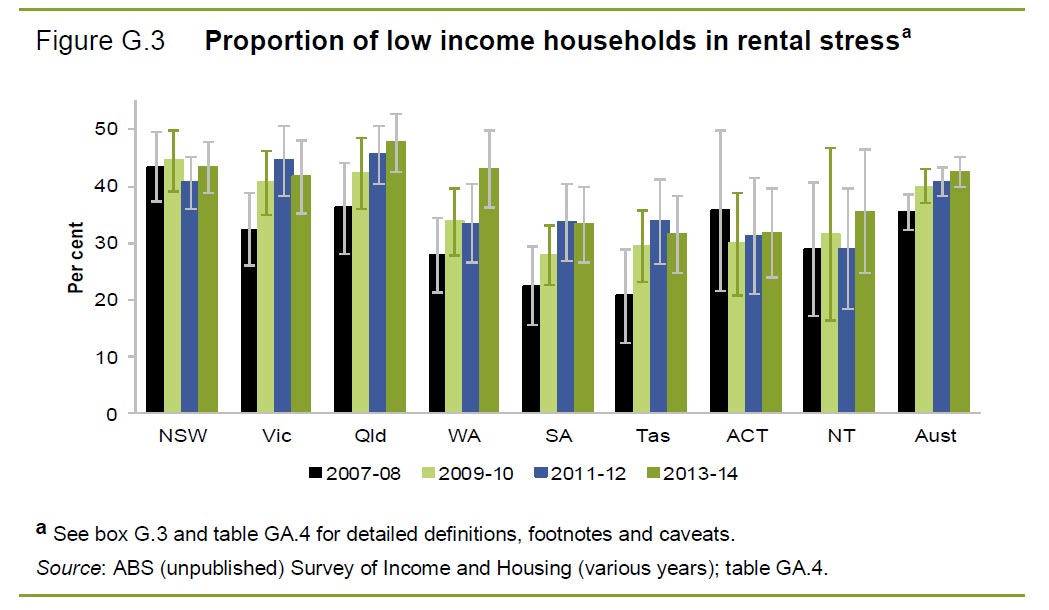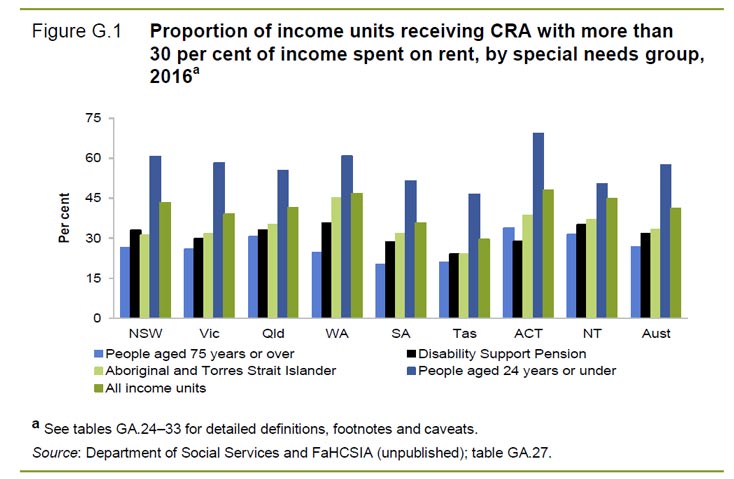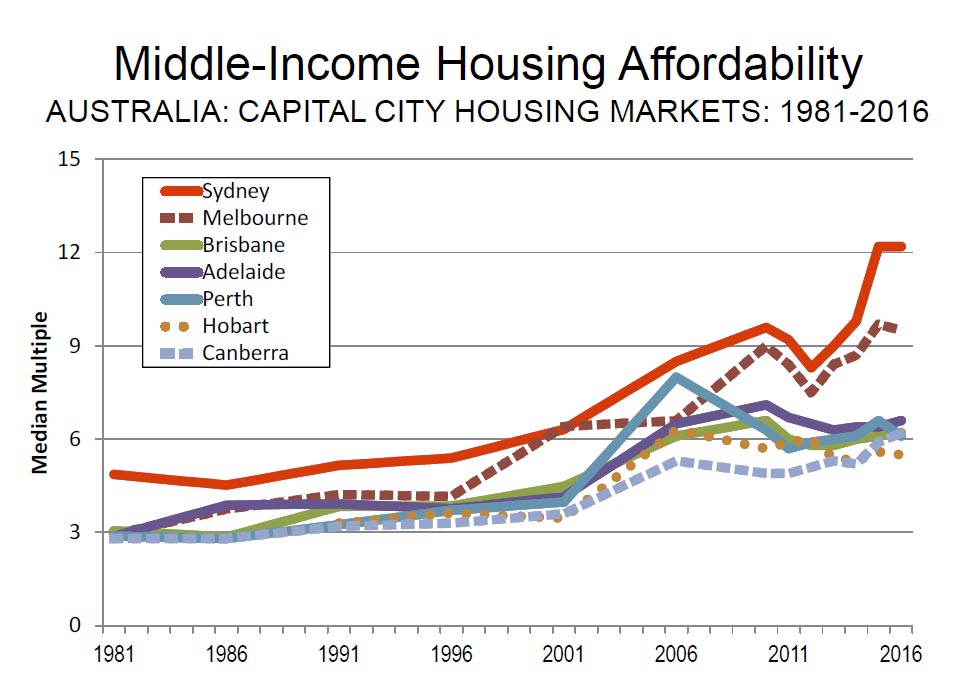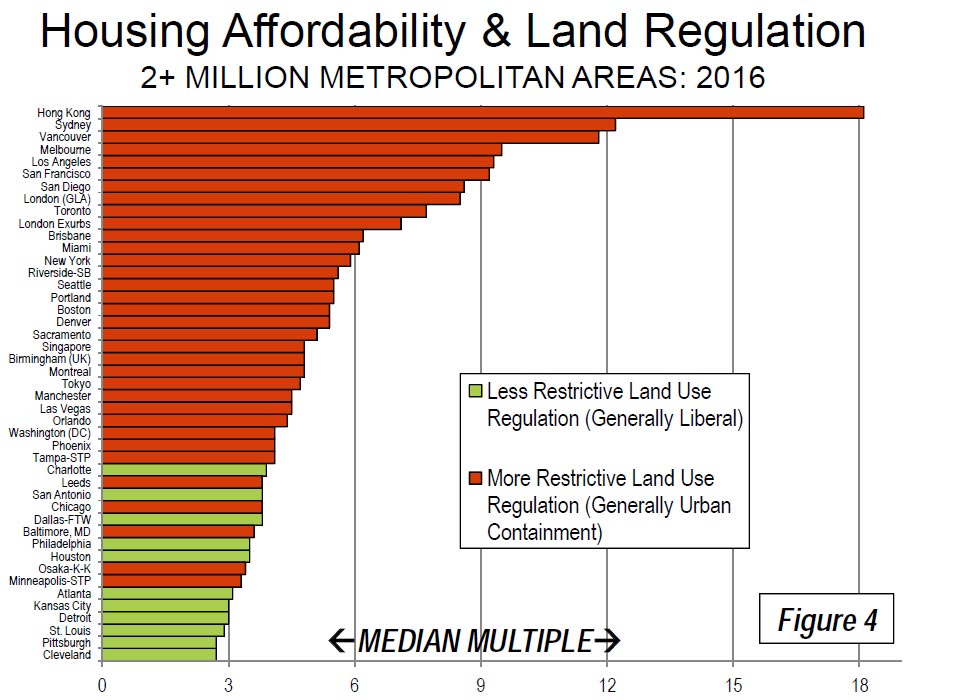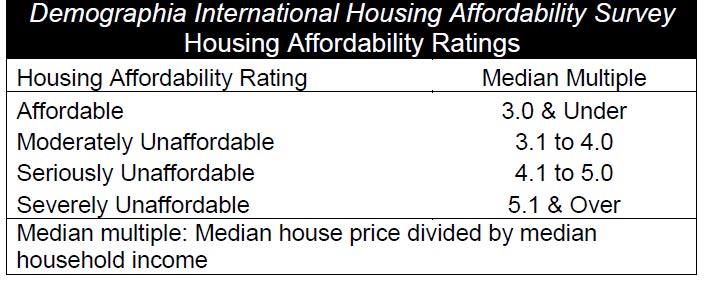Dr Jens Weidmann President of the Deutsche Bundesbank spoke on “Digital finance – Reaping the benefits without neglecting the risks“, drawing important links to financial literacy, financial stability and fintech.
More than 20 years have passed since Bill Gates famously said that “Banking is necessary, banks are not”.
While banks still exist – and I am sure they will continue to do so -, recent developments have shown that non-banks are just as capable of providing bank services. And that is not least due to the huge strides made in the field of information and communications technology (ICT), which has opened up a whole new world of possibilities for designing and distributing financial services.
And this has even transformed traditional banking business. Online banking, for example, has become the main point of access for many bank customers.
Digital finance, and the fintech industry in particular, have experienced very rapid growth in recent years on the back of both supply-side and demand-side forces.
On the supply side, technological progress plays an important role, but so, too, do efforts to drive down the costs of financial services. These forces are being propelled by the increasing availability of ICT infrastructure, the provision of unique access points to financial services, and the growing number of digital natives.
And on the demand side, “always on” customers are increasingly expecting to be able to bank with a minimum of fuss, whenever and wherever they like.
Digital finance opens up a host of opportunities, but we should not neglect the risks it entails. But how can we capitalise on these opportunities without losing sight of the potential risks? That is a key question of this conference – one that will be addressed by a panel discussion and also by Bank of England governor Mark Carney in his keynote speech this afternoon.
From an economic point of view, digital finance can deliver a wealth of benefits. First of all, digital financial services can bring about significant efficiency gains. Digitalisation can also stoke competition within the financial system and raise the contestability of financial markets. Some commentators even argue that digitalisation has the potential to revolutionise financial services and infrastructure.
The key buzzword here is “disruptive”. And many believe the most disruptive potential is to be found in blockchain or distributed ledger technology, which promises to allow payment transactions and securities settlement to bypass banks and central counterparties altogether.
Originally developed for the bitcoin virtual currency, this distributed ledger technology, it would appear, has turned out to be a multi-purpose tool. And even central banks – which aren’t typically known for being early adopters of new technologies – are currently doing experimental research on the potential use of blockchain.
The Bundesbank, for example, has recently launched a joint project with Deutsche Börse to develop a blockchain-based prototype of a securities settlement system.
But even apart from radically transforming the payments and securities settlement infrastructure, digitalisation enables newcomers to mount a challenge against incumbent market players.
Data-driven technologies can boost the transparency of the financial system and thus reduce information asymmetries. Big data analysis, for example, can improve the estimation of default risks even in the absence of a longstanding bank-customer relationship.
An increasing number of suppliers of financial services is particularly good news for households and enterprises lacking access to traditional sources of finance. In the end, this might drive up the number of projects that receive financing.
Online crowdfunding or peer-to-peer lending platforms might enable investment projects which would otherwise be too risky or too small for traditional banks, to go ahead.
In general, digital finance facilitates access to financial services. And this benefit is not confined to tech-savvy consumers in advanced economies. Indeed, digital technologies can be key drivers of financial inclusion in less developed countries, too.
In Kenya, for example, the share of people with a financial account rose from 42 % in 2011 to 75 % in 2014. Over the same period, the respective global figure rose from 51 % to 61 %.
In tandem with the mounting ubiquity of cell phones, mobile money accounts have gained popularity, particularly in Sub-Saharan Africa. In some countries, there are even more adults with a mobile money account than a conventional bank account.
Financial inclusion is thought to be conducive to promoting economic growth and lowering inequality. Financially included people are in a better position to start and develop businesses, to invest in their children’s education, to manage risks, and to absorb financial shocks.
On the other hand, there is a trade-off between financial inclusion and financial stability. Expanding access to financial services – especially to credit – at too fast a pace and with too little control exposes economies to stability risks, and households to the risk of over-indebtedness. The Indian microfinance crisis in 2010 showed us what can happen if too many households have access to credit despite being subprime borrowers.
And that is why financial literacy is so crucial. People with access to finance need a basic understanding of financial concepts like compound interest and risk diversification.
Surveys, however, provide some worrying results. According to an International Survey of Adult Financial Literacy Competencies, which was commissioned by the G20 and published by the OECD, overall levels of financial literacy, as indicated by knowledge, attitudes and behaviour, are relatively low.
And another study, the S&P Global Financial Literacy Survey, which was supported by the World Bank, reveals that two out of three adults are not financially literate, albeit with major variations across countries. While more than half of adults are financially literate in most of the advanced economies, that goes for fewer than one-fifth of people in some developing or transformation countries.
There are, of course, other aspects of digital finance which have a bearing on financial stability.
Herding behaviour, for example, could be amplified by automated advisory services in portfolio management. Robo advisors might exacerbate financial volatility and pro-cyclicality if the assets under management reach a significant level, which is not yet the case.
Traditional banks in many countries are currently suffering from dwindling profitability due, most notably, to the low-interest-rate environment. Disintermediation, however, could intensify the problems of narrow profit margins. This might be the flipside of the mounting competition unleashed by the more widespread use of digitised financing.
And decentralisation might make it more difficult to tell who is exposed to whom, and to detect where financial risks ultimately lie.
Another point worth noting is that fintech business models have not yet run through an entire credit cycle. Experience with digital finance in economic downturns is very limited.
That being said, it is quite obvious that regulating fintechs and the entire digital financial industry smartly without hindering financial innovation is warranted. That’s why the objectives of the German G20 presidency include taking stock of the different regulatory approaches. Our aim is to develop a set of common criteria for the regulatory treatment of fintechs.
Fintechs should not base their business models on regulatory loopholes. Using lax regulation to attract business is a mistake that was already made before the latest financial crisis. Whatever we do, we need to avoid a regulatory race to the bottom. Rather, we should go for a level playing field.
To quote the words of the former ECB President Jean-Claude Trichet who said in 2010: “(…) “the crisis has exposed the risk of regulatory arbitrage, shedding a more negative light on the competition among different systems and rules.””
Getting a clearer picture of fintechs’ business activities is essential if we are to better understand whether and in what way they might pose a threat to financial stability. It is therefore an important endeavour of the Financial Stability Board to further investigate and promote data availability. Without reliable data, any assessment of risks is unfeasible.
Another threat – and certainly not just to financial stability – comes from cyber risks.
The more market infrastructures rely on digital technologies, the more vulnerable our interconnected global financial system becomes to criminal attacks, be it from computer hackers, cyber saboteurs or even terrorists.
Cyber criminals have repeatedly targeted financial institutions around the world, including central banks. There are plenty of financial institutions I could name whose defences have been successfully breached. The damage unleashed by successful attacks goes beyond the financial loss incurred. Cyber-attacks can potentially undermine peoples’ trust in the financial system.
So to avoid jeopardising the positive impact of digital finance, it will be crucial to address these risks and for banks to manage their IT and cyber risks with as much diligence as they do their traditional banking risks.
Cybersecurity risks will be a major item in a talk this afternoon with Thomas de Maizière, German Federal Minister of the Interior. And a research dialogue tomorrow will also address the topic of cyber security.




